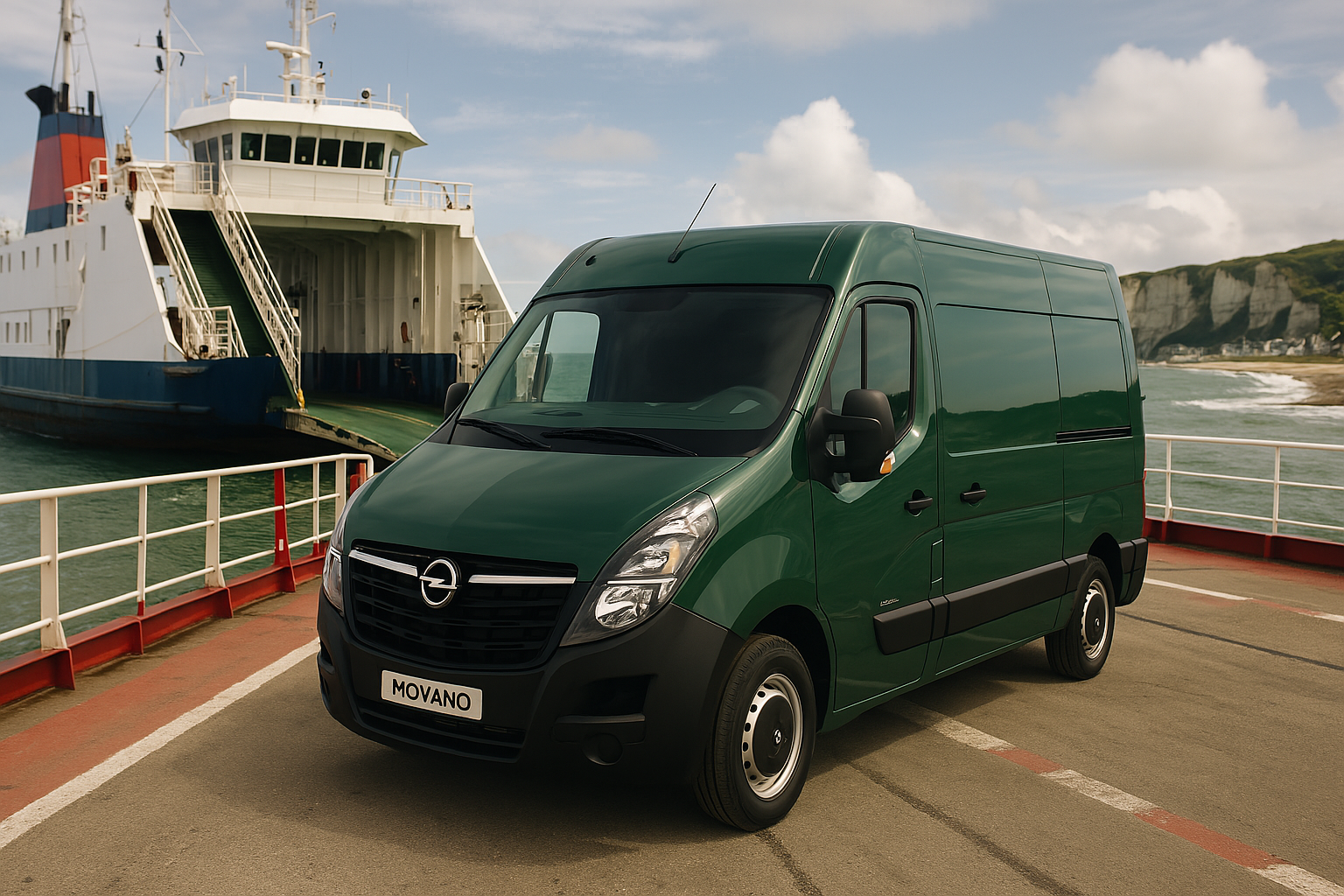Opel Movano: Evolution and Capabilities of a Versatile Commercial Vehicle
The Opel Movano is a large light commercial van introduced in 1998 by the German automaker Opel. It was originally developed as part of a collaboration with Renault and Nissan, sharing much of its design and components with the Renault Master and Nissan Interstar. Over time, the Movano has evolved through several generations, adapting to changing technological standards, environmental regulations, and commercial needs. Its widespread use across Europe has made it a cornerstone of Opel's commercial vehicle lineup, serving a broad range of industries from logistics to municipal services.
Shared Platform Engineering in the First Generation
The first generation of the Opel Movano, produced from 1998 to 2010, was based on the second generation Renault Master. It was built at Renault's factory in Batilly, France, and sold under different names by its partner companies. The Movano was offered in multiple configurations including panel vans, chassis cabs, and minibuses. Customers could choose between various lengths and roof heights, giving businesses flexibility depending on cargo volume and application. Diesel engines were the primary powertrain option, typically between 2.5 and 3.0 liters in displacement, offering adequate power while maintaining acceptable fuel consumption rates for the time.
Expanded Body Variants and Drivetrain Options
One of the defining features of the Movano across generations has been the extensive range of available variants. The first and second generations both offered multiple body types, such as high-roof and long-wheelbase models, as well as dual rear-wheel configurations for heavier loads. In addition to standard front-wheel drive models, certain versions included rear-wheel drive and even twin-rear-wheel setups for maximum payload and towing capacity. These variations allowed the Movano to serve not only as a delivery van but also as a base for specialized conversions like ambulances, refrigerated vans, and mobile workshops.
Technological Updates in the Second Generation
The second generation, released in 2010, saw significant advancements in both design and technology. It continued its platform-sharing arrangement with Renault and Nissan but introduced a more modern aesthetic and upgraded cabin ergonomics. The dashboard layout was redesigned for better driver comfort and usability, with more accessible controls and improved visibility. Engines during this generation were primarily based on the 2.3-liter CDTI diesel engine, available in several power ratings. Safety and infotainment systems were also modernized, with features like electronic stability control, hill start assist, and satellite navigation becoming available or standard on higher trim levels.
Stellantis Merger and Platform Shift in the Third Generation
A major change came in 2021 with the introduction of the third generation Movano. Following the merger of Groupe PSA (which had acquired Opel from General Motors) and Fiat Chrysler Automobiles into the Stellantis group, the Movano's development platform shifted from Renault to Fiat. The third generation is based on the Fiat Ducato and is now built in Stellantis facilities in Italy and Poland. Despite the platform change, Opel retained its own branding and tuning, making subtle adjustments to differentiate its version from others in the Stellantis commercial vehicle family. This generation offered updated safety features, more efficient diesel engines, and significantly improved driver assistance technologies.
Introduction of the All-Electric Movano-e
With increasing demand for low-emission transport solutions, Opel introduced the Movano-e, the fully electric version of its large van, in 2021. This model features a 90 kW electric motor and is offered with either a 37 kWh or 70 kWh battery pack. The Movano-e provides a driving range suitable for daily urban logistics and last-mile delivery, with minimal compromise on cargo space or payload. Charging options include standard AC wallbox charging and DC fast charging for quicker turnaround. This electric model is part of Opel's broader strategy to electrify its commercial vehicle lineup across Europe by the end of the decade.
Load Capacities and Cargo Solutions
The Opel Movano has consistently been engineered with cargo versatility in mind. Depending on the body configuration, the van can offer up to 17 cubic meters of load volume. Payload capacities reach up to 2,100 kilograms in certain high-spec models. Features such as wide-opening rear doors, low loading sills, and multiple anchor points help ensure that the vehicle meets the practical demands of logistics operations. Optional cargo area upgrades include non-slip flooring, shelving systems, and bulkhead partitions. The Movano's structural flexibility makes it a popular choice for tradespeople and fleet operators who require tailored commercial solutions.
European Market Presence and Branding
In continental Europe, the van is sold under the Opel name, while in the United Kingdom it is branded as the Vauxhall Movano. This dual-branding approach has allowed it to maintain a strong footprint across multiple national markets. The Movano competes directly with other large vans such as the Ford Transit, Mercedes-Benz Sprinter, and Volkswagen Crafter. Opel's commercial vehicle lineup, including the Movano, benefits from the shared engineering resources and economies of scale within Stellantis, allowing for competitive pricing and frequent model updates. These factors have helped the Movano maintain relevance in a rapidly evolving commercial vehicle market.
Focus on Driver Comfort and Safety
While utility remains a priority, Opel has also placed a strong emphasis on driver comfort and safety in the Movano. Modern versions include ergonomic seating with multiple adjustment options, sound insulation for reduced cabin noise, and climate control systems. The infotainment system integrates smartphone connectivity through Apple CarPlay and Android Auto, improving convenience for long-distance drivers. Safety systems include lane departure warning, blind spot monitoring, and rear parking assistance. These enhancements not only protect the vehicle and its cargo but also reduce fatigue and increase efficiency for drivers who spend extended hours on the road.

